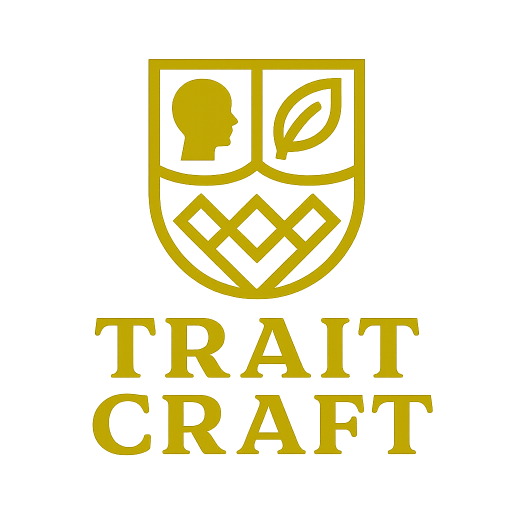Early-stage founders often feel pressured to define their total addressable market (TAM) before launching their startups. But Index Ventures partner Jahanvi Sardana offers a refreshing perspective: many successful companies emerged from markets that barely existed at the time. Speaking at TechCrunch’s 2025 All Stage event in Boston, Sardana posed thought-provoking questions: What was the market for search before Google? What was the market for operating systems before Microsoft? Or the market for cloud computing before Amazon?
Sardana likens TAM to surfing. Over the years, massive technological waves have emerged—first the internet, then mobile, then cloud computing. Now, she says, artificial intelligence represents the biggest wave yet. The key question for founders is whether they’ve shaped the right product to ride this wave. That, she explains, is what defines product-market fit.
She categorizes TAM into three buckets: known markets, emerging markets, and invisible markets.
A known market already exists, and founders must convince investors why their solution is better than existing options. Sardana uses the example of toothbrushes—everyone brushes their teeth, so the challenge is proving why your toothbrush is superior.
An emerging market is one where a product is gaining traction but hasn’t yet gone mainstream. Sardana points to non-alcoholic beer before it became popular as an example.
The invisible market is the trickiest—it doesn’t exist yet, and founders must create it. Sardana calls this “a little bit of a dark art.” She cites smartphones in 2006 as an example: nobody knew they wanted them, but they ended up transforming the world. Sometimes, she says, people don’t know what they’re looking for until someone shows them what’s possible.
During the event, early-stage founders asked Sardana about investor expectations. One common question was whether investors want to see a TAM slide in pitch decks. Sardana acknowledged that it’s fine to include one, but founders shouldn’t rely too heavily on industry metrics. Overdependence on external reports can signal a lack of deep market understanding.
Another attendee asked how to size TAM in large marketplaces—a question Sardana admitted was painful, given that Index Ventures once passed on Airbnb, believing its TAM was too small. She explained that Airbnb created entirely new inventory, which eventually surpassed major hotel brands and changed travel behavior. For marketplace startups, she advises focusing on unlocking supply and predicting how behavior will shift as a result.
When asked what makes a company stand out to investors, Sardana emphasized that understanding the customer is crucial. If founders can clearly articulate who their customer is and why they’ll buy the product, they’ll have no trouble impressing investors.
Ultimately, Sardana says, venture capital is about evaluating founders more than markets or products. How a founder talks about their market reveals their ambition—and that’s what truly matters.

